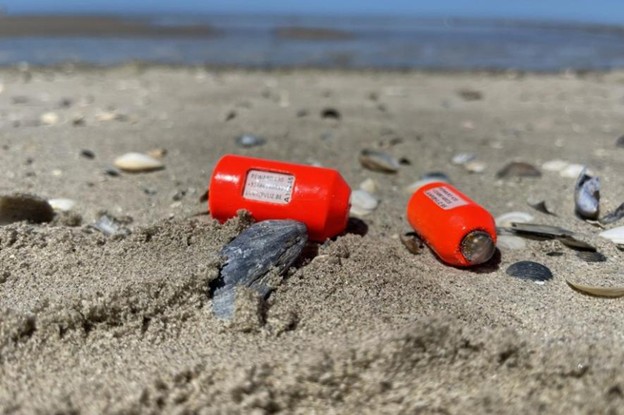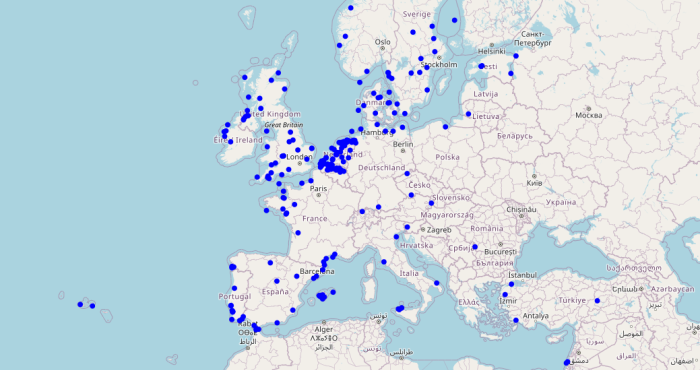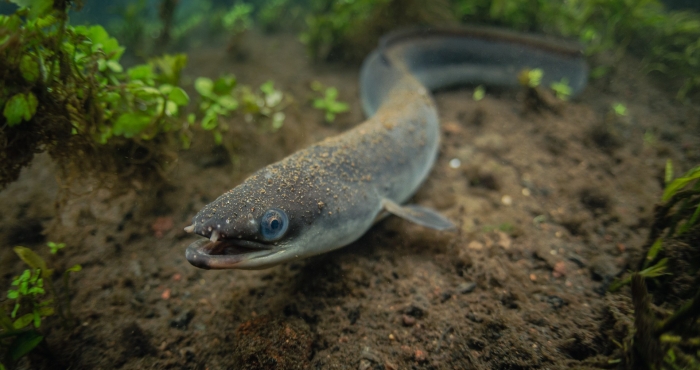Tracking sharks in the North Sea for better protection and management
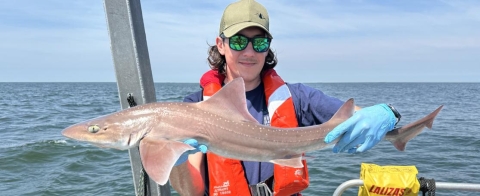
Sharks return to the North Sea
Species like the small-spotted catshark, starry smooth-hound, and even the majestic basking shark are natural residents of the North Sea — a hopeful sign for marine biodiversity. As top predators, sharks play a crucial role in keeping the ecosystem healthy. Yet their slow growth and low reproductive rate make them highly vulnerable to overfishing and habitat loss.
What we know so far
Recent observations show that species such as the small-spotted catshark and the starry smooth-hound are appearing more frequently in Belgian waters than before. The reasons are still unclear — temperature, food availability, or fishing pressure could all play a role.
Data collected by VLIZ and ILVO show that catsharks are widespread and present throughout the year, while starry smooth-hounds stay closer to the coast and appear mainly from early summer to autumn. Some individuals even migrate south to the English Channel in winter, revealing broader movement patterns.
Mapping shark movements with LifeWatch Belgium tracking technology
To fill these knowledge gaps, VLIZ and ILVO scientists are implanting small acoustic transmitters into sharks and follow their movements through the European Tracking Network, coordinated by LifeWatch Belgium. This international infrastructure enables cross-border tracking of marine animals, providing an unprecedented view of when and where species occur.
“Telemetry literally gives us the shark’s roadmap,” explains marine ecologist Jan Reubens (VLIZ). “We can see which areas sharks prefer or avoid, and how that relates to environmental factors such as temperature or seabed type. These insights are essential for better protection of vulnerable species and habitats.”
So far, 96 starry smooth-hounds and 44 small-spotted catsharks have been tagged, adding valuable data to the LifeWatch Belgium network.
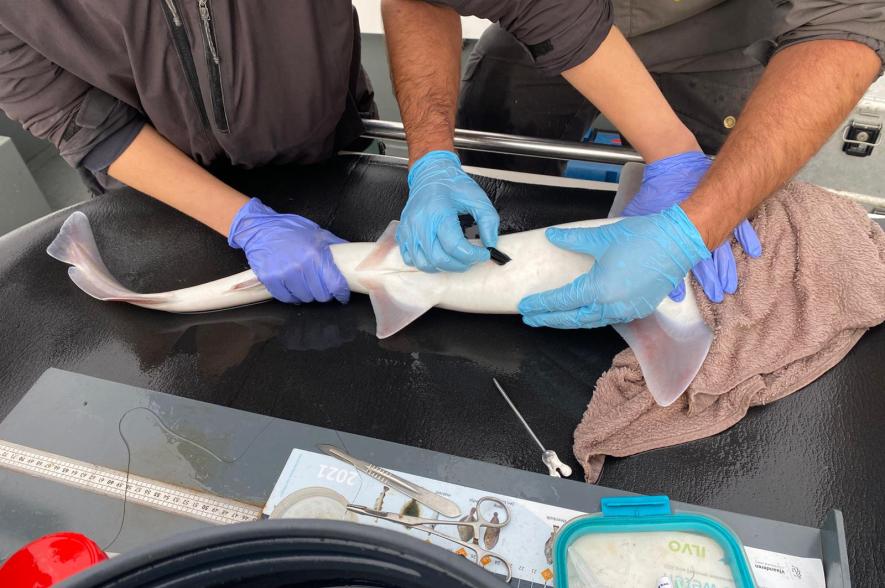
Beyond tagging: combining techniques
Alongside tagging, VLIZ and ILVO use ultrasound to study reproduction, underwater video systems (BRUVs) to observe elusive species, and genetic techniques — including environmental DNA— to gain insight into diet, population structure, and species distribution. Together, these methods provide a comprehensive understanding of shark ecology in the southern North Sea.
Citizen scientists wanted
Beach visitors can also take part. Acoustic tags may occasionally wash ashore after detaching from the animals. Anyone who finds a tag is encouraged to return it to VLIZ and will receive a €30 reward or a Sea & Science T-shirt. Each recovered tag provides valuable scientific data and helps advance shark conservation in Belgian waters.
